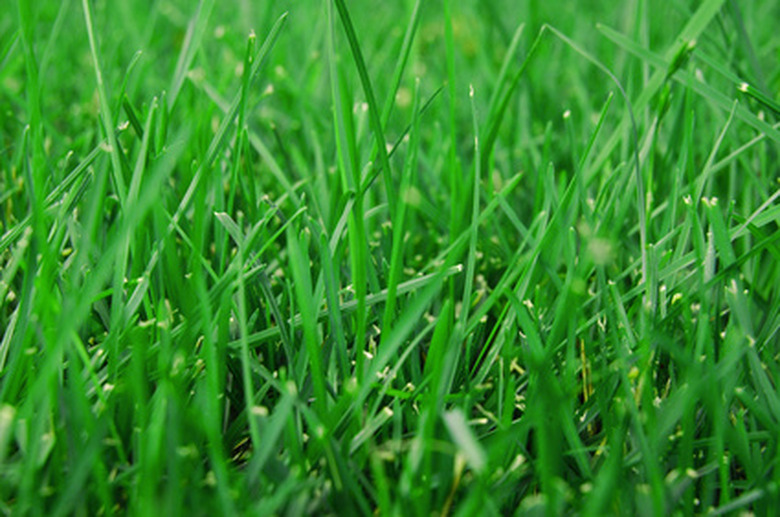How To Get Grass To Grow In Mobile, Alabama
Things Needed
- Grass seed
- Tiller
- Soil test kit
- Water roller
- Seed spreader
- Rake
- Sprinkler
- Rotary lawn mower
- Balanced lawn fertilizer
Mobile, Alabama, is a city found in the far southern region of Alabama, along the Gulf Coast. The city falls into USDA Hardiness Zone 7, which means that winters' coldest low temperatures generally reach no lower than 10 to 0 degrees. Due to the relatively temperate winter lows, you can expect to successfully grow warm summer grasses in Mobile even if you don't have a green thumb.
Step 1
Select a species of grass compatible with Hardiness Zone 7. The most recommended grasses for Mobile, Alabama. include Bahiagrass, Bermuda grass, centipede grass, St. Augustine and zoysia grass.
Step 2
Wait for outdoor temperatures to stabilize to at least 65 degrees before planting the grass seed.
- Mobile, Alabama, is a city found in the far southern region of Alabama, along the Gulf Coast.
- Due to the relatively temperate winter lows, you can expect to successfully grow warm summer grasses in Mobile even if you don't have a green thumb.
Step 3
Till the soil as deep as possible. This provides loose soil that will make root establishment easier.
Step 4
Test the soil with a soil test kit. If the soil's pH is less than 6.0, contact your local county extension office for the recommended lime application for your area.
Step 5
Compact the soil's surface by going over the entire area with a water roller.
Step 6
Irrigate the lawn to settle the soil's surface and prepare it for seeding.
Step 7
Broadcast the seed using a seed spreader across the entire yard. The general rule of thumb for grass seed is two to three pounds per 1,000 square inches of yard. For the best seed spread, broadcast half the seed in one direction and the other half at a 90 degree angle to the first.
- Till the soil as deep as possible.
- Broadcast the seed using a seed spreader across the entire yard.
Step 8
Rake the yard lightly with a rake to work in the seed.
Step 9
Irrigate the yard daily while the grass is rooting. This will keep the soil moist and allow the roots to set. Once the grass roots, reduce watering to every three days for 30 minutes. This process, known as deep percolation, will encourage deep, hardy roots.
Step 10
Mow the lawn whenever its height reaches 2 inches, using a rotary mower. Always water the grass after mowing to avoid shock to the grass blades.
- Rake the yard lightly with a rake to work in the seed.
- Irrigate the yard daily while the grass is rooting.
Step 11
Fertilize the lawn once a month from April through August to keep it looking green and healthy.
